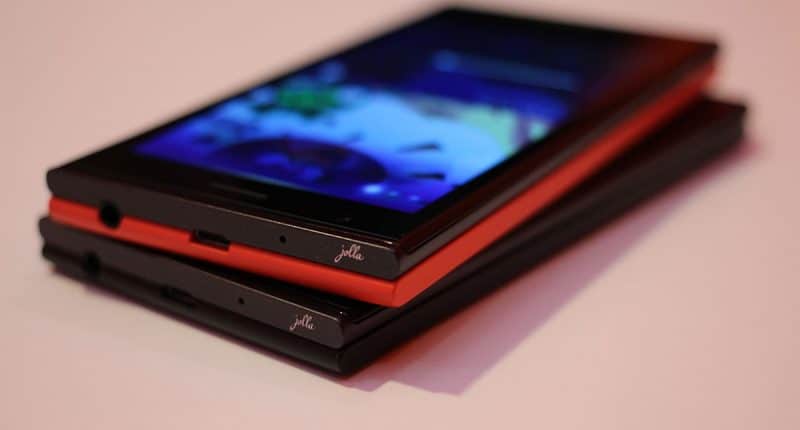The first quarter of the fiscal year 2021 (Q1 2021) saw an impressive rise in bulk of smartphone shipments made to India, with the total number of shipments reaching 37.1 million units, a rise of 11%, as analyzed by Canalys.
The reason behind this growth has been in part due to the ever increasing demand for quality smartphones during the pandemic, so that Generation Z could keep up with their educational activities, and Millennials could continue with the new work-from-home directives.
Coming to company wise performance, Xiaomi (the brand behind Redmi) emerged as the leader(as it usually does), having a total of 10.5 million shipment units to its name alone, which accounted for around 28% of the total shipments. At 7.0 million units, South Korean company Samsung retained its spot at the second place. However, its market share saw a dip of 2% as compared to the pervious quarter (Q4 2020), falling to 19% from 21%. The top five spots were rounded off by Vivo at 6.7 million shipments, Oppo at 4.7 million units, and Realme at 4.3 million units.
The leader board is quite in line with the market trend, and nothing really stands out. However, what stands out is this:
The number of products being offered greatly increased in Q1 2021, as the COVID pandemic created an illusion of subsiding, and offline catering picked up pace once again.
Canalys Analyst Sanyam Chaurasia explained the analysis, by saying, “It was a quarter to celebrate in India, as every one of the top five vendors grew. Xiaomi, for example, continued to drive its multi-brand strategy in established online channels, and is now implementing new initiatives to grow its offline presence. For example, its ‘Mi Store on Wheels’ turns road vehicles into mobile stores to reach smaller towns and rural locations. In the premium segment, Apple had a stellar performance in what is traditionally a soft quarter. Following a strong festival quarter, it shipped over a million iPhones in Q1, with demand for the iPhone 12 supported by local assembly and attractive finance offers, as well as sustained demand for the older iPhone 11. But the market-wide celebration will be short lived, as a resurgence of COVID-19 in India in Q2 will derail momentum.”
Nevertheless, this happy phase might not last very long, as shipments are expected to go for a fall in the second quarter (Q2 2021), owing to the second wave of the COVID pandemic, and the curfews and lockdowns being imposed in various states.
Commenting on the current scenario, Chaurasia said, “As the geographical distribution of cases varies widely, a nationwide lockdown seems unlikely. But regional lockdowns could hamper transport of raw materials and devices due to limited inter-state travel. Hence, for smartphone brands and channels, building up optimum inventory could prove to be a hurdle in the second half of the year.”
Varun Kannan, another Analyst at Canalys, too gave his take on the analysis, saying, “Looking further into 2021, unfavorable macroeconomic factors will lead to a rising smartphone ASP. “A combination of the ongoing supply crunch on key imported components and a weaker Rupee will make it increasingly difficult for vendors to maintain margins at current price levels. Consumers will bear the brunt of this cost, which will hit particularly hard in the sub-US$200 smartphone segment, which accounted for 81% of the market last year.”
As the second quarter rolls out, it remains to be seen how this analysis will hold, and how companies and manufacturers fight it.





